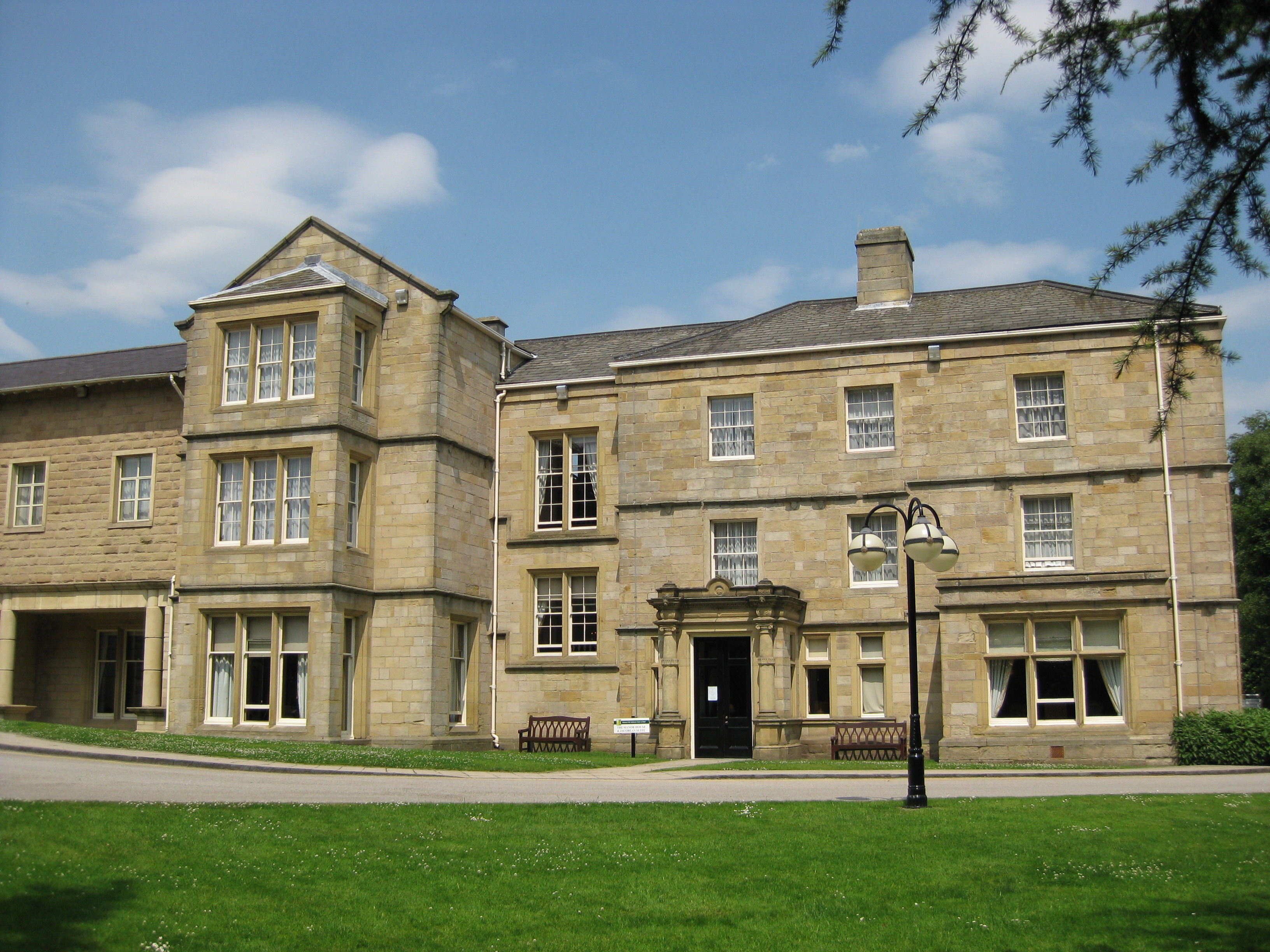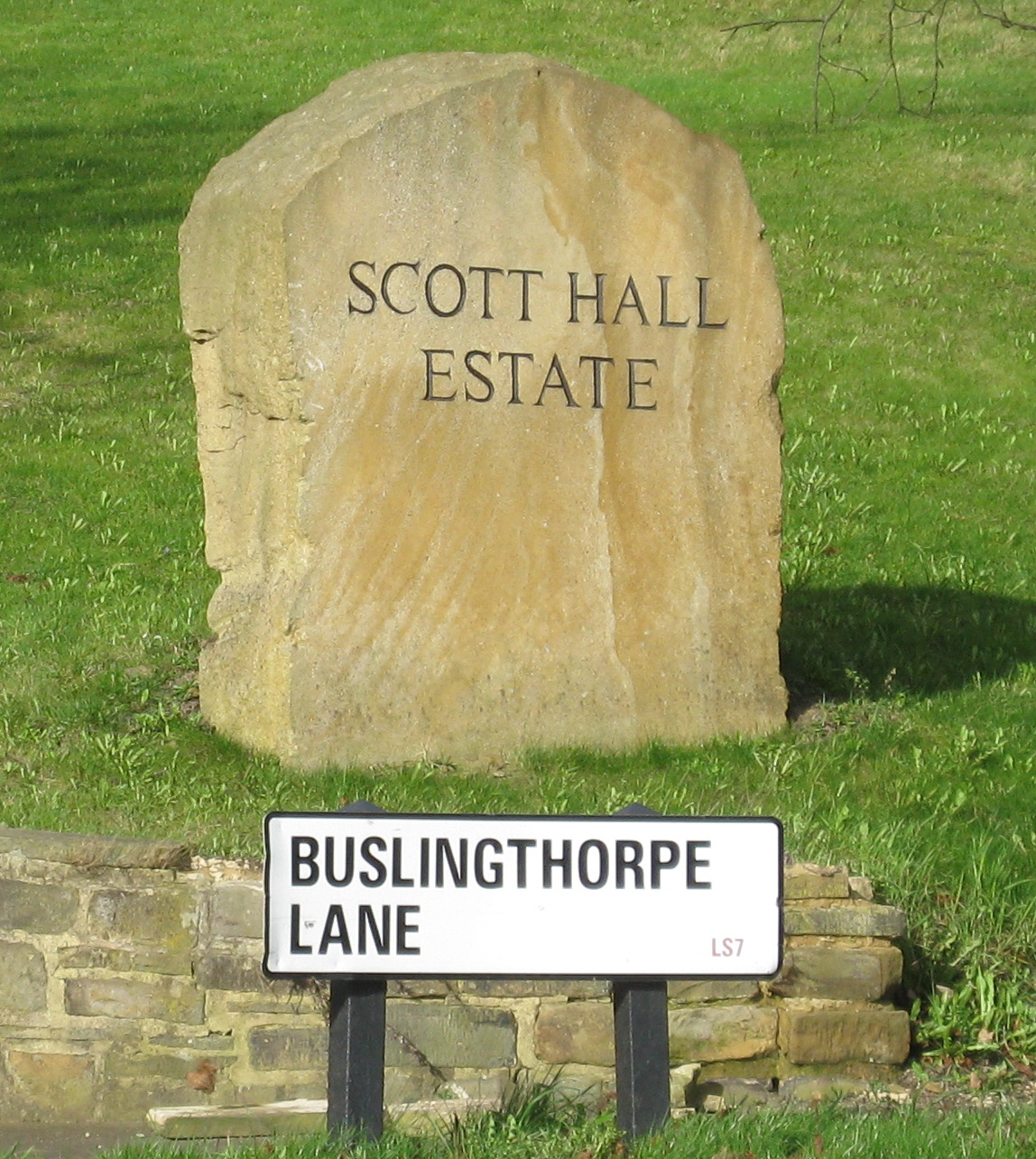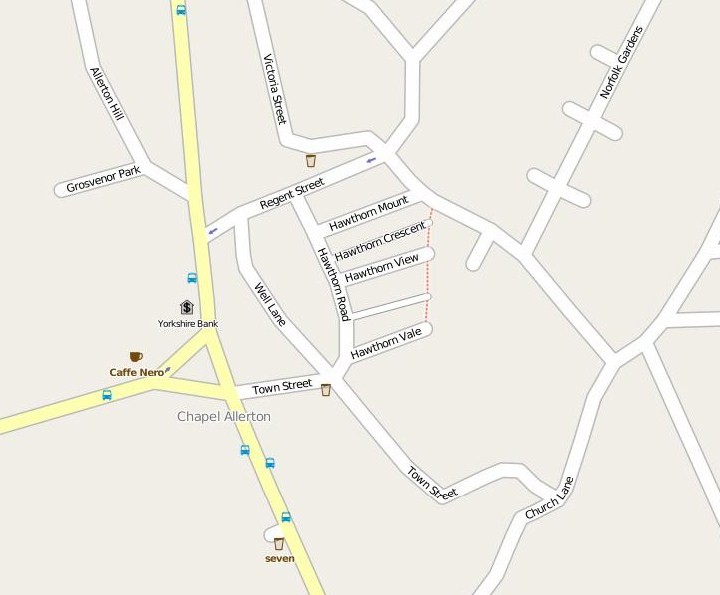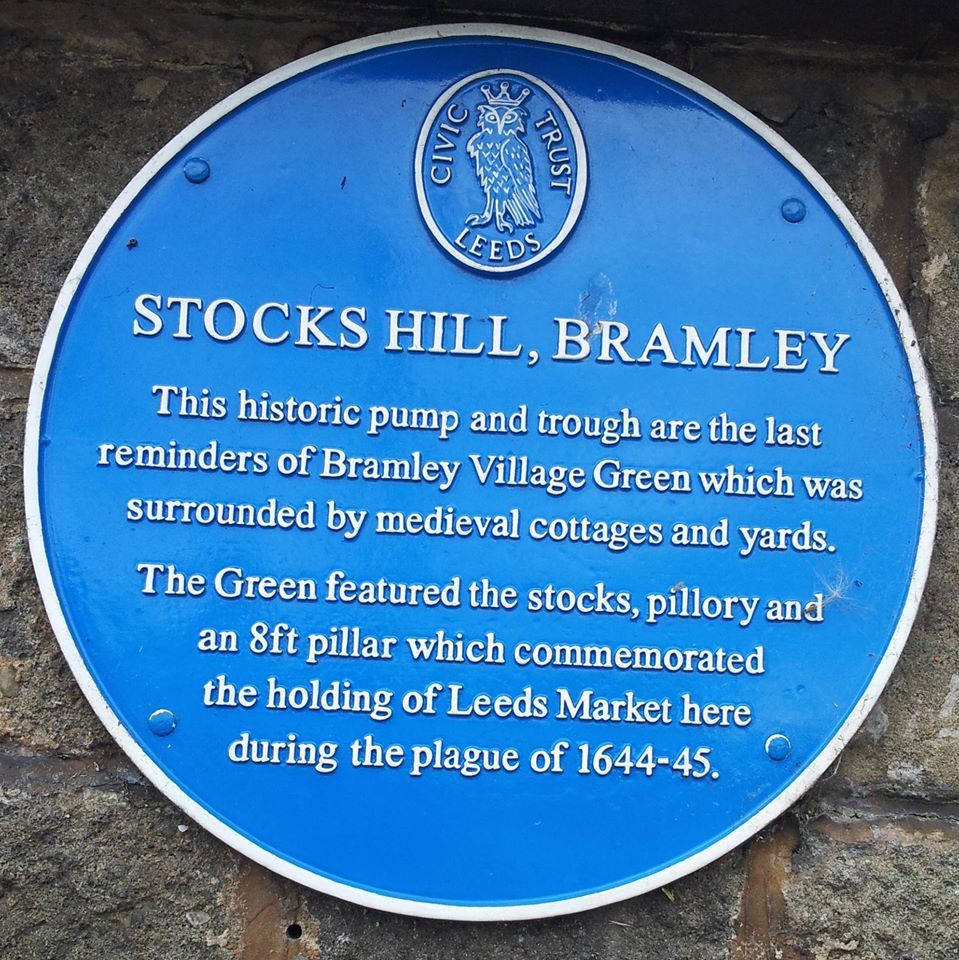|
1973 Leeds City Council Election
The first elections to the newly created Leeds City Council were held on 10 May 1973, with the entirety of the 96 seat council – three seats for each of the 32 wards – up for vote. The Local Government Act 1972 stipulated that the elected members were to shadow and eventually take over from the predecessor corporation on 1 April 1974. The order in which the councillors were elected dictated their term serving, with third-place candidates serving two years and up for re-election in 1975, second-placed three years expiring in 1976 and 1st-placed five years until 1978. As well as replacing the County Borough of Leeds, the new council included: *Municipal Borough of Morley *Municipal Borough of Pudsey *Aireborough Urban District * Horsforth Urban District *Otley Urban District *Garforth Urban District * Rothwell Urban District *Tadcaster Rural District (part) * Wetherby Rural District *Wharfedale Rural District The election resulted in no overall control. Scans1 [...More Info...] [...Related Items...] OR: [Wikipedia] [Google] [Baidu] |
Leeds City Council
Leeds City Council is the local authority of the City of Leeds in West Yorkshire, England. It is a metropolitan district council, one of five in West Yorkshire and one of 36 in the metropolitan counties of England, and provides the majority of local government services in Leeds. It has the second-largest population of any council in the United Kingdom with approximately 800,000 inhabitants living within its area; only Birmingham City Council has more. Since 1 April 2014, it has been a constituent council of the West Yorkshire Combined Authority. History Leeds Corporation Leeds (often spelt Leedes) was a manor and then a town, receiving a charter from Charles I of England, King Charles I as a 'Free Borough' in 1626 giving it powers of self-government, leading to the formation of the Leeds Corporation to administer it.Steven Burt & Kevin Grady (2002) ''The Illustrated History of Leeds'', 2nd edn (Breedon Books, Derby) Diane Saunders & Philippa Lester (2014) ''From the Leylands ... [...More Info...] [...Related Items...] OR: [Wikipedia] [Google] [Baidu] |
Castleton, North Yorkshire
Castleton is a village on the River Esk, part of the civil parish of Danby in the county of North Yorkshire in England. It can be found south-east of Guisborough, in the North York Moors. There was once a medieval castle sited on Castle Hill that is thought to have been abandoned when Danby Castle was constructed. Castleton has a local school, church and a public house, ''The Downe Arms'', as well as a small Co-op supermarket, a tea room and a public toilets. Castleton is a centre for walking, birdwatching, shooting and many other pursuits. It is said that Castleton was named after a castle built near the River Esk. The village has a Clapper bridge that spans Danby Beck; this bridge was listed as Grade II in 2016. Castleton has a primary school (Castleton Community Primary School) with secondary education available at Caedmon College or Eskdale School, which are both in Whitby. In times past Castleton was actually the main market and industrial town serving Upper Eskdale. ... [...More Info...] [...Related Items...] OR: [Wikipedia] [Google] [Baidu] |
Weetwood
Weetwood is an area between Headingley and Meanwood in north-west Leeds, West Yorkshire, England. It is bounded on the north by the A6120 road, A6120 (Outer Ring Road), on the west by the A660 road, A660 (Otley Road), on the east by Meanwood Beck and to the south by Hollin Lane. Weetwood Lane runs north and south through it. The area lends its name to and sits in the Weetwood (ward), Weetwood ward of Leeds City Council, which is also part of Leeds North West (UK Parliament constituency), Leeds North West UK Parliament constituencies, parliamentary constituency. Politics The Weetwood (ward), Weetwood ward for local government purposes includes areas known as Far Headingley (south of the above), West Park, Leeds, West Park (west of the A660), Ireland Wood (north of the A6120), and Tinshill. Its three Leeds City Councillors and the terms for which they are currently elected, are Jonathan Bentley (Liberal Democrats (UK), Liberal Democrat, Leeds City Council election, 2018, 2018& ... [...More Info...] [...Related Items...] OR: [Wikipedia] [Google] [Baidu] |
Cookridge
Cookridge is a suburb of north-west Leeds, West Yorkshire, England, north of the Leeds Outer Ring Road. In 1715 Ralph Thoresby described it as a village four miles from Leeds and three from Otley, dating from 1540.Ralph Thoresby (1715) ''Ducatus Leodiensis: or, the topography of the ancient and populous town and parish of Leedes, and parts adjacent in the West Riding of York'', pages 157 to 163 A mixture of suburban and council owned properties on the border with Holt Park and Tinshill, the area sits in both the Adel & Wharfedale ward of Leeds City Council and the Leeds North West parliamentary constituency. Before 2004, the area sat within Cookridge ward, named after the area. Nearby places include Adel, Holt Park, Tinshill, Horsforth, Bramhope, Moor Grange and Ireland Wood. Cookridge is one of the highest points in Leeds, with the elevation rising to above sea level close to the water tower on the eastern edge of the suburb. Cookridge holds an annual scarecrow festi ... [...More Info...] [...Related Items...] OR: [Wikipedia] [Google] [Baidu] |
Woodhouse, Leeds
Woodhouse is a largely residential area just north of the city centre of Leeds and close to the University of Leeds. It is in the Hyde Park and Woodhouse ward of City of Leeds metropolitan district. The population of the ward at the 2011 Census was 25,914. History The name ''Woodhouse'' is first attested around the 1170s as ''Wd(e)husa'', ''Wd(e)huse'', and ''Wudeusum''. It is likely to derive from Old English ''wudu'' 'wood' and ''hūs'' 'houses'. Locals refer to it as Wudhus. It was described in 1853 as a "large and handsome village".William White (1853) ''Directory and Gazetteer of Leeds, Bradford,.... West Riding of Yorkshire'' (reprinted 1969, Clarke Double & Brendon) The original Woodhouse area of Leeds extended in a wide horseshoe arc travelling north from Burley Street (where it is known as Little Woodhouse), up along Clarendon Road, including the current site of the University of Leeds, across Woodhouse Moor (now a public park), then on towards its northernmost boundary, ... [...More Info...] [...Related Items...] OR: [Wikipedia] [Google] [Baidu] |
Leeds City Centre
Leeds city centre is the central business district of Leeds, West Yorkshire, England. It is roughly bounded by the Leeds Inner Ring Road, Inner Ring Road to the north and the River Aire to the south and can be divided into several quarters. Central districts Arena Quarter The Arena Quarter is a mixed-use area best known for being the home of the First Direct Arena. Its location is directly north of Merrion Street. The Inner Ring Road borders the district on both the east and north boundary, with Woodhouse Lane acting as the district's western boundary. It is mainly made up of high-rise residential properties and developments, including Sky Plaza and Opal 3. Altus House, Leeds, Altus House is the tallest building in Yorkshire. Other major institutions are located within the Quarter, including the Yorkshire Bank HQ and also the Merrion Centre, Leeds, Merrion Centre. Queen Square is also found here. The Calls The Calls is close to the River Aire. It is directly south of ... [...More Info...] [...Related Items...] OR: [Wikipedia] [Google] [Baidu] |
Scott Hall, Leeds
Scott Hall is a suburb of north-east Leeds, West Yorkshire, England, adjacent to Chapeltown and Meanwood. The suburb falls within the Chapel Allerton and Moortown wards of Leeds City Council. The Scott Hall estate is made up largely of 1930s council housing on both sides of Scott Hall Road (and streets beyond) from Buslingthorpe Lane in the south to Potternewton Lane in the north. Location and facilities The A61 road between Leeds and Harrogate is the main thoroughfare known as Scott Hall Road, served by First buses 7/7A/7S. On this road, just north of Potternewton Lane in Miles Hill there are shops and the Scott Hall Leisure (sports) Centre which was refurbished at a cost of £500,000 in 2009. Scott Hall Church, formerly Scott Hall Christian Fellowship and Hope Hall, is an Evangelical fellowship.Scott Hall Church accessed 26 August ... [...More Info...] [...Related Items...] OR: [Wikipedia] [Google] [Baidu] |
Chapel Allerton
Chapel Allerton is an inner suburb of north-east Leeds, West Yorkshire, England, from the city centre. It sits within the Chapel Allerton ward of Leeds City Council and had a population of 18,206 and 23,536 at the 2001 and 2011 census respectively. The area was also listed in the 2018 ''Sunday Times'' report on Best Places to Live in northern England. Location The region within the Chapel Allerton ward generally considered to be Chapel Allerton is bounded by Potternewton Lane to the south, Scott Hall Road to the west and Gledhow Valley Road to the north-east. Surrounding districts include Moortown, Meanwood, Roundhay, Gledhow, Chapeltown and Harehills. Chapel Allerton is on Harrogate Road, which, before the building of the A61 Scott Hall Road, was the main road from Leeds to Harrogate. The centre in terms of activity is Stainbeck Corner, at the junction of Stainbeck Lane, Harrogate Road and Town Street, which is also the key place on 19th century maps of the village. Na ... [...More Info...] [...Related Items...] OR: [Wikipedia] [Google] [Baidu] |
Richmond Hill, Leeds
Richmond Hill is a district of Leeds, West Yorkshire, England. The district lies a mile to the east of the city centre between York Road (A64 road), East End Park and Cross Green. The appropriate City of Leeds ward is Burmantofts and Richmond Hill. History Richmond Hill developed as a residential and industrial area during the late-18th and 19th centuries. The housing in the area was originally small cottages, but during the industrial revolution many streets of back-to-back terrace houses were built to house the influx of workers. Upper Accommodation Road is the historic heart of the area with some of the more historic buildings on the west side and newer ones on the east. A Leeds Industrial Co-operative building from 1902 is on a corner with East Park Road. In the 20th century much of the housing stock was updated with schemes such as the Saxton Gardens. The Saxton Gardens estate has since been redeveloped by Urban Splash to create 410 homes, allotments and the largest communa ... [...More Info...] [...Related Items...] OR: [Wikipedia] [Google] [Baidu] |
Burmantofts
Burmantofts is an area of 1960s high-rise housing blocks in inner-city east Leeds, West Yorkshire, England adjacent to the city centre and St. James's Hospital. It is a racially diverse area, with sizable Afro-Caribbean and Irish communities, but suffers the social problems typical of similar areas across the country. From 1859 to 1957 Burmantofts was the home of Burmantofts Pottery, a manufacturer of ceramic pipes and construction materials. In the early 20th century, Burmantofts was a large centre of the textile industry. A Burtons textile factory was located in the area; it is still owned by Burtons, but today is being used as a storage facility. Etymology The name ''Burmantofts'' is first attested, as ''le Burmantoftes'', in 1427. It seems to have been coined in the Middle English period, from the words ''burghman'' ('burgher, town-dweller, burgess', from ''burgh'' 'town' and ''man'' 'person') and ''toft'' ('plot of land'. The name refers to the half-acre parcels of lan ... [...More Info...] [...Related Items...] OR: [Wikipedia] [Google] [Baidu] |
Burley, Leeds
Burley is an inner city area of Leeds, West Yorkshire, England, north-west of Leeds city centre, between the A65 Kirkstall Road at the south and Headingley at the north, in the Kirkstall ward. Etymology The name is first attested in 1195 as "Burteg" and, around 1200, as "Burcheleia" which is more representative of other medieval attestations. The name derives from Old English ''burh'', a 'fortification' and ''lēah'' an 'open space in woodland'. History Burley grew from a village in the late industrial revolution, and there are several streets including the word 'village' including The Village Street. The area from The Village Street in the west to the railway line in the east, and north of Burley Road forms the Village Conservation Area. Parts of the original village can still be seen at the junction of Burley Road and Haddon Road, and around Burley Lodge. Most houses constructed in Burley were of red-brick, but were generally smaller and largely back-to-backs. Industria ... [...More Info...] [...Related Items...] OR: [Wikipedia] [Google] [Baidu] |
Bramley, Leeds
Bramley is a district in west Leeds, West Yorkshire, England. It is part of the City of Leeds Ward of Bramley and Stanningley with a population of 21,334 at the 2011 Census. The area is an old industrial area with much 19th century architecture and 20th century council housing in the east and private suburban housing in the west. Etymology The name of Bramley is first attested in the 1086 Domesday Book as ''Brameleia'' and ''Bramelei''. The name derives from the Old English words ''brōm'' ('broom') and ''lēah'' ('open land in a wood'). Thus the name once meant 'open land characterised by broom'. History At the time of the Domesday survey, the nucleus of the settlement was probably located at Stocks Hill, and it developed in a linear fashion along today's Town Street. The surviving water pump and stone water trough on Stocks Hill remain from Bramley's medieval past. The accompanying blue plaque states "Stocks Hill, Bramley. This historic pump and trough are the l ... [...More Info...] [...Related Items...] OR: [Wikipedia] [Google] [Baidu] |









